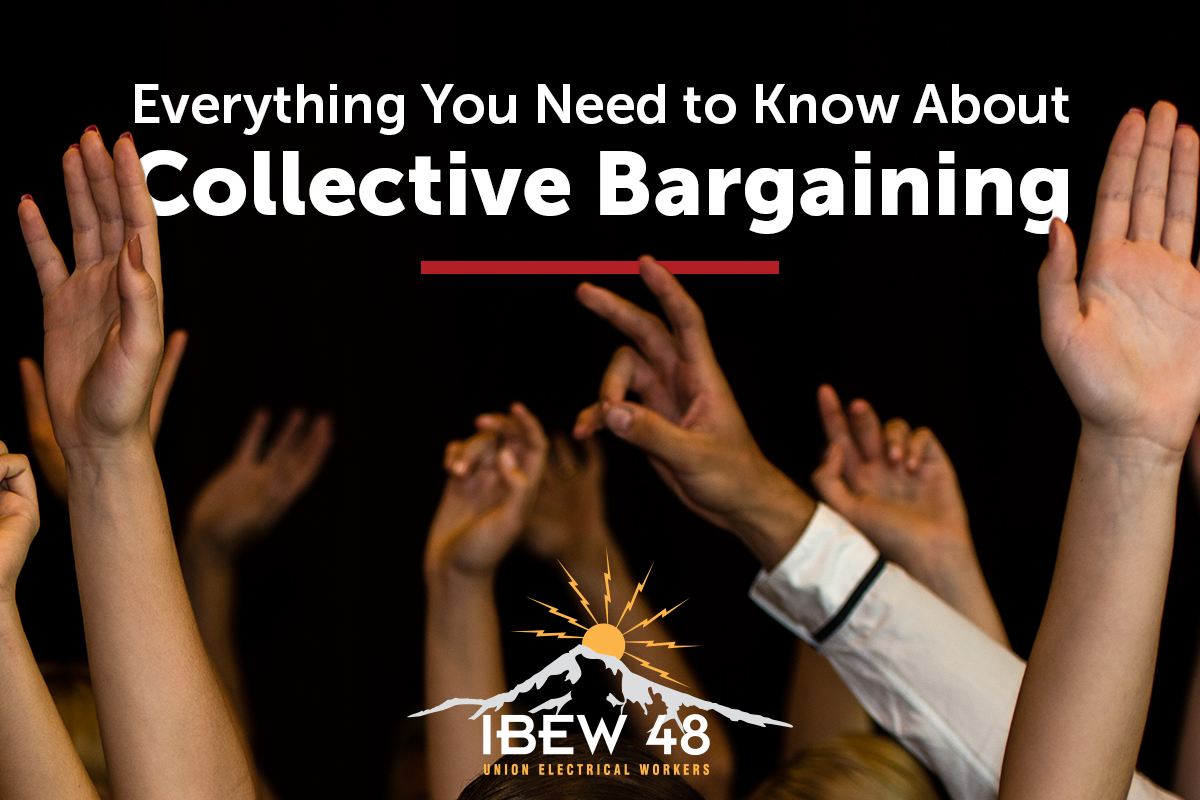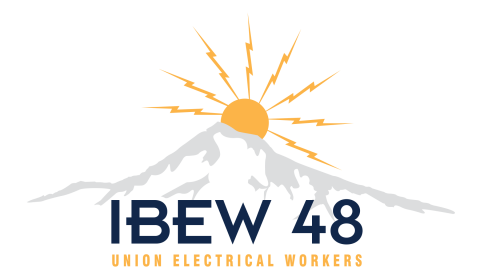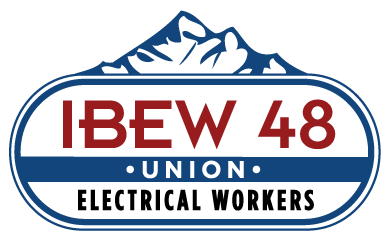Everything You Need to Know About Collective Bargaining
May 26, 2020 - by: Martinkath

In the dictionary, collective bargaining is defined as the “negotiation of wages and other conditions of employment by an organized body of employees”.
In real speak, collective bargaining is what happens when workers, assisted by their union, negotiate the terms and conditions of their employment.
What’s Included in a Collective Bargaining Agreement:
A collective bargaining agreement covers a wide range of important conditions of employment, including things like your:
- salary
- health benefits
- retirement and pensions
- vacation time
- working hours
It also includes other important things like on-the-job health and safety. With collective bargaining, workers can negotiate specific safety and health conditions and policies that management must adhere to and maintain. This is a big deal, as it can mean safety conditions that go above and beyond those set out by OSHA.
Once all terms have been negotiated and agreed on, the final contract is a Collective Bargaining Agreement.
(IBEW Local 48 Members: View the most recent Local 48 Collective Bargaining Agreements)
Why Do Workers Choose Collective Bargaining?
When it comes to collective bargaining, power is in the numbers. Specifically, in the number of workers included under the “collective” umbrella.
Simply put, employees have more bargaining power to gain desirable terms of employment working together than they do if they negotiate on a one-to-one basis with their employer.
Collective bargaining is an inherently democratic process. This means that a majority of membership must first agree to the terms of a contract before it is signed.
Collective bargaining is a fundamental human right. Here in the United States, it is also a legal right that’s protected by several US laws, most prominently the National Labor Relations Act (NLRA)
History of Collective Bargaining in the US
The NLRA of 1935 is a Federal Law that gives employees the right to join unions and collectively bargain, and prevents employers from interfering or preventing employees from doing so.
This law was a long time coming, following nearly two centuries of discord between workers and employers, who were not always incentivized to look out for workers’ best interests. It covers five distinct unfair labor practices:
- interference with employees’ concerted activity;
- employer domination of a labor organization;
- discrimination against workers for union activity;
- retaliation against workers for filing unfair labor practice charges or giving testimony in NLRB proceedings; and finally
- refusal to bargain
The Benefits of Collective Bargaining
It’s no big surprise why workers want collective bargaining power. According to the Economic Policy Institute, the benefits of collective bargaining are significant:
- The average wage earned by those covered by a collective bargaining contract is 13.6% higher than those who are not.
- Unionized workers are 28.2% more likely to be covered by employer-provided health insurance
- They are 53.9% more likely to have employer-provided pensions
- They also enjoy more paid time off with their families
It’s important to note that, while collective bargaining is done specifically by union workers, it benefits ALL workers, providing a voice and “seat at the table” that might not otherwise exist. These agreements also serve to improve workplace health and safety standards as well as raise the wages an employer must offer if they wish to find and keep good employees.


